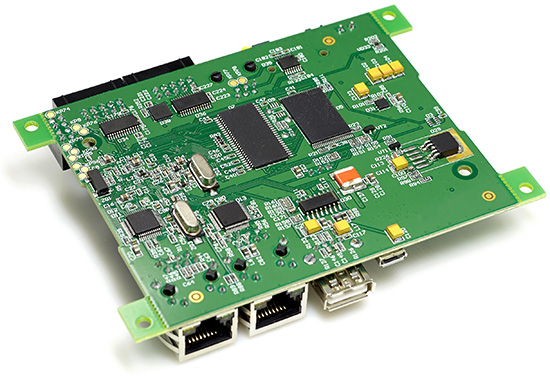EMC Question of the Week: July 17, 2023

A clock driver sends a 10-Mbps clock signal to 4 devices spread out on a 10-cm x 10-cm printed circuit board. Each device has a 5-pF input capacitance, and the signals are routed on microstrip traces. What component(s) should be added to reduce the possibility of unintentional radiated emissions?
- a resistor in series with the driver output
- a ferrite in series with the driver output
- matching resistors on each device input
- all of the above
Answer
The best answer is “a.” It's generally important to control the transition time of any signal that is routed all over the board. When driving capacitive loads, the best way to control the transition time is using a series resistor. In this case (assuming the total trace plus load capacitance is about 40 pF), a resistance of 100 ohms results in a transition time on the order of 10 nanoseconds. This is one tenth of the clock period, which is generally a good value for reducing crosstalk and emissions without compromising signal integrity.
A ferrite would be undesirable due to its limited bandwidth, cost and size. Also, ferrites look inductive at some frequencies and should generally not be used with capacitive loads.
Matched terminations and controlled impedance traces should only be used when absolutely necessary. They are required to eliminate reflections when the propagation delay is greater than the transition time. In this case, the worst-case propagation delay is less than 1 nanosecond, so matched terminations are not required as long as the transition time is controlled.
Note that doing "all of the above" would likely be worse than doing nothing. Using a matched termination and a series resistor would reduce the signal amplitude while potentially making the transition time much faster.
Have a comment or question regarding this solution? We'd like to hear from you. Email us at
